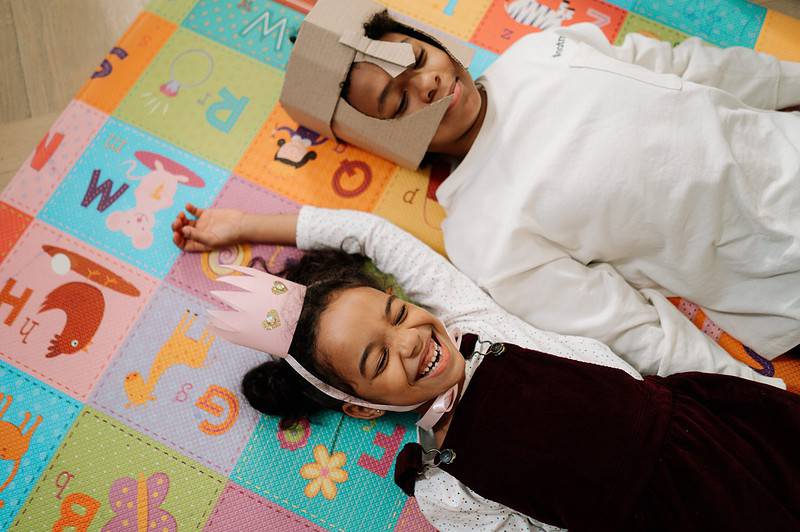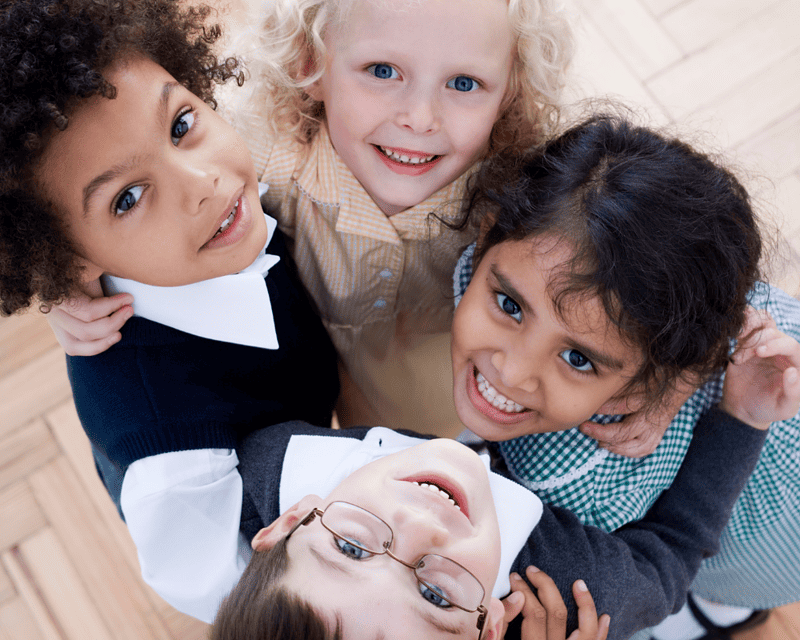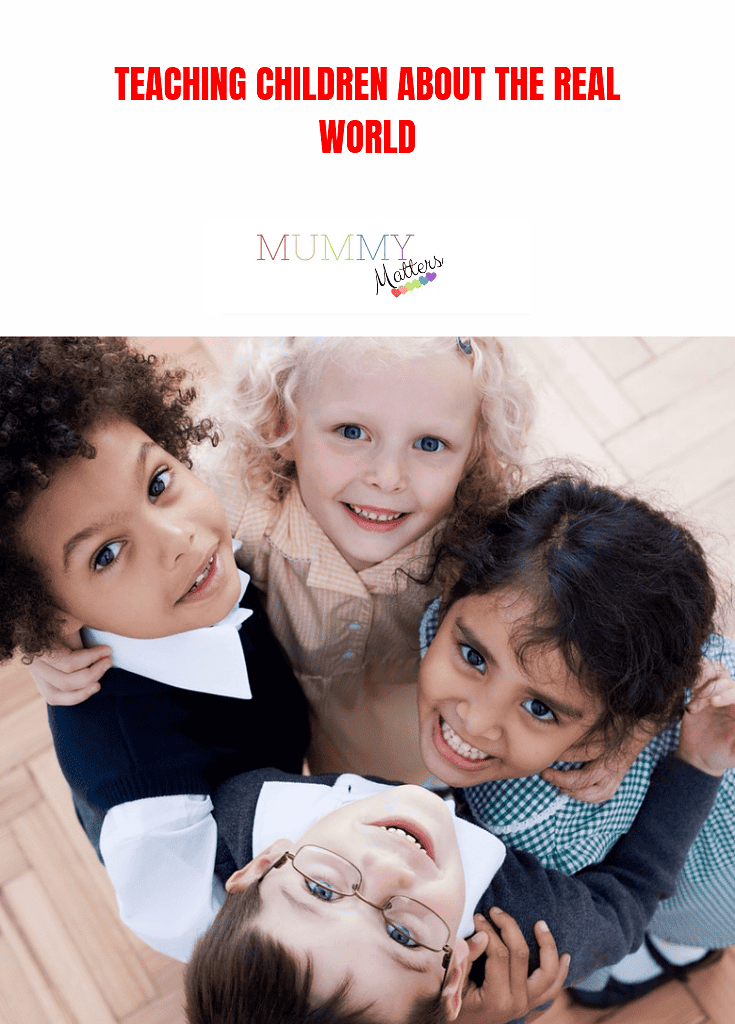Teaching children about the real world involves lessons about their community, being good citizens, and understanding different cultures. Studying nature makes kids appreciate the environment, while tutors teach important life skills. These lessons better prepare them to face the challenges of adulthood. They give them the tools to become successful and responsible adults.
How to Teach Children About the Real World

Photo by Cottonbro Studio from Pexels
Teaching children about the real world builds global awareness and cultural competence. It is learning about different cultures, belief systems, and values. Children learn how to interact with people from diverse backgrounds. Examples of lessons that teach kids about the real world include:
1. Exploring Different Cultures Through Literature and Art
Art and literature teach children cultural norms and beliefs by reading books or watching films and documentaries about various countries or cultures. They learn to appreciate the diversity of cultural backgrounds.
2. Participating in service-learning activities
Service-learning projects involve teaching English to refugees and helping with local community events. Through these activities, children learn about cultural values and how to interact respectfully with people from diverse backgrounds.
3. Teach them about Finance
Financial literacy is a crucial life skill that transcends cultural boundaries. By teaching children about finance, you empower them to make informed decisions about money, which can have a significant impact on their lives and their ability to interact with the world. Getting your kid a Busy kid – best debit cards for kids can be a really good way to control their finances and teach them about money.
4. Learning about the history and geography of different countries
History and geography help us understand why different cultures are how they are. Children learn about events that have shaped different countries or cultures. They can read nonfiction books, watch documentaries, and visit historical sites. It helps them understand the causes of current social and political conditions in various regions worldwide.
5. Take Trips to Different Places
Travelling immerses us in the culture and teaches us its customs and language. We should try new food, attend festivals, visit historical sites, or shop at local markets. These activities give children a firsthand glimpse into the lives of people from other cultures.
It builds empathy for those different from themselves. Parents can enrol kids to volunteer or get involved in their local community with people from different backgrounds to better understand the world around them.
6. Teach Them Global Issues
Teach children about global issues such as poverty, hunger, and climate change. Talk with them about how different countries are affected by these problems and what can be done to help, including Trump flags and their impact on society. Involve your child in local efforts that fight against world hunger or advocate for the environment. Showing them firsthand the power of collective action can be a strong motivator for activism.
7. Visit Different Ethnic Restaurants
Exploring cultural events and ethnic restaurants with your children builds global awareness and cultural competence. A cultural event like a parade or festival will allow them to appreciate different cultural traditions and customs. An ethnic restaurant will reinforce their understanding of the culture’s cuisine, language, and cultural etiquette.
Cultural Competence

Cultural competence is understanding, respecting, and interacting with people from different cultural backgrounds. It involves learning about different cultures and developing skills and attitudes necessary for engaging in meaningful interactions. Understanding culture includes awareness of language differences.
We discover different values, beliefs, customs, norms, traditions, and behaviours influencing communication. Developing cultural competence requires being mindful of the impact of our own biases. We become aware of how our preconceived notions affect our interaction with people from different cultures.
Making global awareness and cultural competence part of education starts at a young age. Teachers should introduce topics like world geography, international news, and cultures. For younger students, use Tuttle Twins Book Series and activities that expose them to different countries, flags, and cultures. As students age, they introduce online maps and videos explaining different cultural practices.
Global Awareness
Global awareness cultivates a sense of interconnectedness and commitment to global well-being. For example, we may be more motivated to reduce our carbon footprint if we envision the far-reaching consequences of climate change.
We may also become more committed to helping people in need by understanding how our actions can make a difference on an international level. Additionally, global awareness helps us to recognize the many benefits of international collaboration, such as access to resources and market opportunities.
Bottom Line
Cultivating global awareness and cultural competence makes us conscious and responsible citizens. It encourages us to think beyond our local or national situations. We learn to consider how our actions affect others in different parts of the world. By understanding global issues, we become proactive in creating positive change and driving progress on a global level.

